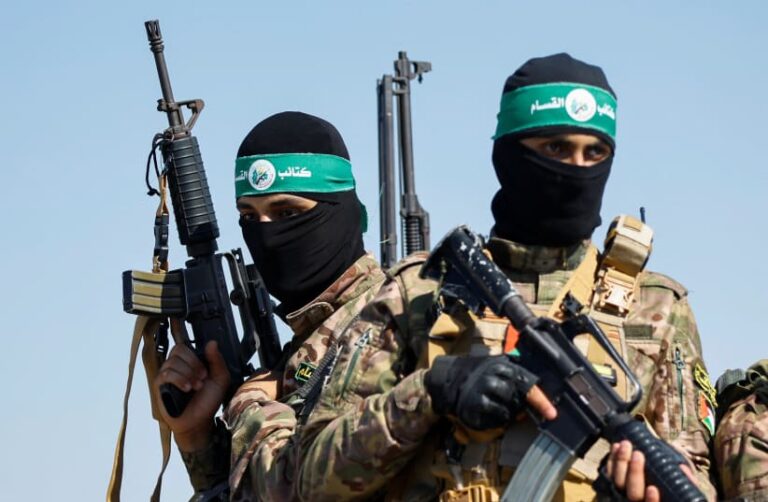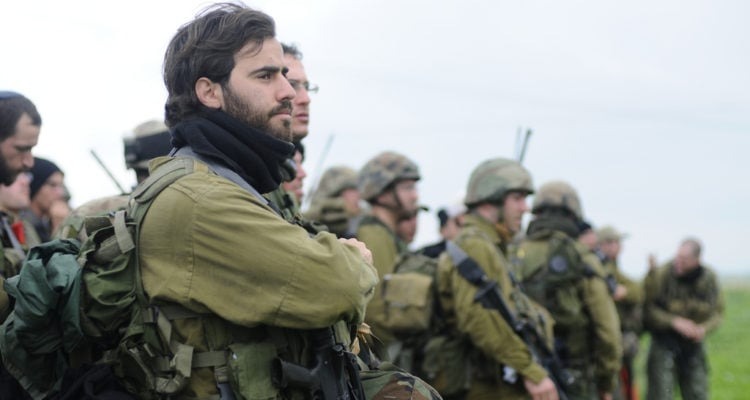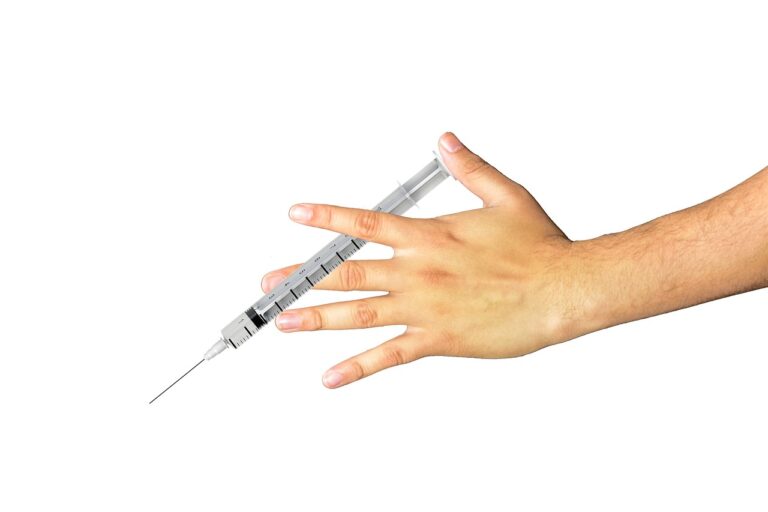 About one in three airmen who operate cameras on high-altitude, remotely controlled spy planes and 30% of those who fly attack drones used to kill terrorists have emotional exhaustion from long hours of work, according to Air Force research recently released.
About one in three airmen who operate cameras on high-altitude, remotely controlled spy planes and 30% of those who fly attack drones used to kill terrorists have emotional exhaustion from long hours of work, according to Air Force research recently released.
The airmen who operate drones from bases in Nevada and California complain of frequent shift changes, “mind-numbing” monotony, strains on families and ever-increasing workloads.
“There’s just not enough people,” says Wayne Chappelle, an Air Force psychologist who helped conduct a six-month study of drone operators from 2010 to 2011. “You have to constantly sustain a high level of vigilance, both visual and auditory information, and that would be really tough to do when there’s a lot of monotony.”
The aircraft — Predators, Reapers and Global Hawks — were used to track Osama bin Laden in Pakistan and are used to spy on Iran, locate and kill al-Qaeda leaders in Yemen and assist U.S. ground troops in Afghanistan and Iraq.
Researchers found slightly lower rates of clinical distress — those on the edge of mental illnesses such as anxiety or depression — among airmen, about 25% of the camera operators for the high-flying Global Hawk spy aircraft and 17% of pilots for Predator and Reaper attack drones.
Sixty-five percent to 70% of those with mental illness signs are not seeking treatment for it, researchers found.
About a third of drone pilots, camera operators and mission coordinators work 50 to 60 hours per week or more, data show. Many change shifts every 30 days. Burnout in this group was found among one in three, the research shows.
Lt. Gen. Larry James, Air Force deputy chief of staff for intelligence, surveillance and reconnaissance, said that there has been pilot error in the program but that he did not think any of those cases were tied to emotional burnout.
Recent accidents include a drone going down in Iran, a crash at an airport on Seychelles and, according to a report in the Los Angeles Times, the accidental killing of two Marines in Afghanistan by a missile fired by a Predator drone.
For operators of Predators and Reapers — which fly at 20,000 feet and can kill terrorists with Hellfire missiles or guided bombs — daily combat missions have quadrupled from 10 to 15 in 2007 to 57 today, James says.
Concerns about job burnout led the Air Force in November to begin increasing staff for the drone programs, James says, and capping daily missions for Predator and Reaper patrols at 57.
“We’ve kind of been in this almost constant surge mode because there’s such a demand for this capability, really for four to five years,” James says.
The aircraft are flown remotely largely from Creech Air Force Base north of Las Vegas and Beale Air Force Base north of Sacramento. Air Force reservists and National Guard troops operate the aircraft from other locations and have lower rates of burnout, research data show.
In contrast to the job exhaustion rates, researchers found very low levels of post-traumatic stress disorder.
Nearly 900 Air Force personnel were surveyed. Seventeen percent are women and 60% married. When they were first asked broadly about burnout, nearly half admitted it. More precise questioning revealed that true rates of exhaustion were far lower.
The vast majority of combat drones are flown by the Air Force, James says. Other branches of service and the CIA also fly the aircraft.
“The folks that execute this mission day in and day out truly are kind of the silent heroes out there that you don’t hear a lot about. But they’re absolutely critical to executing operations,” James says.











One Response
So hire more drone pilots.